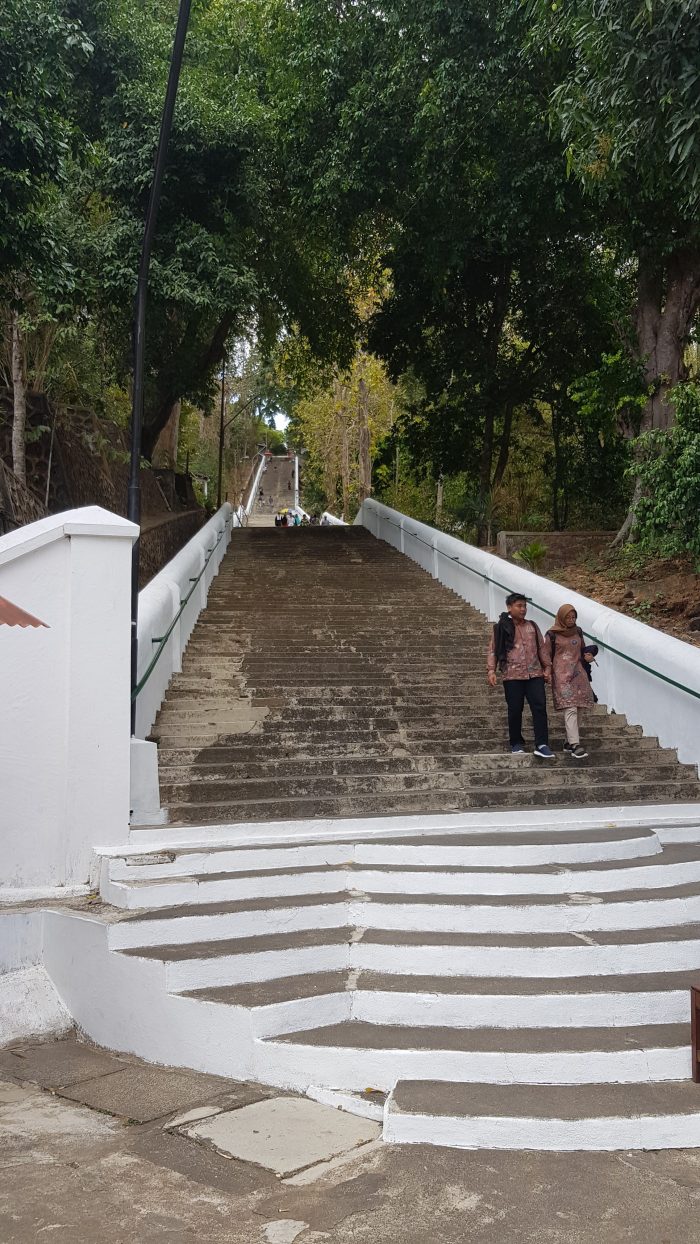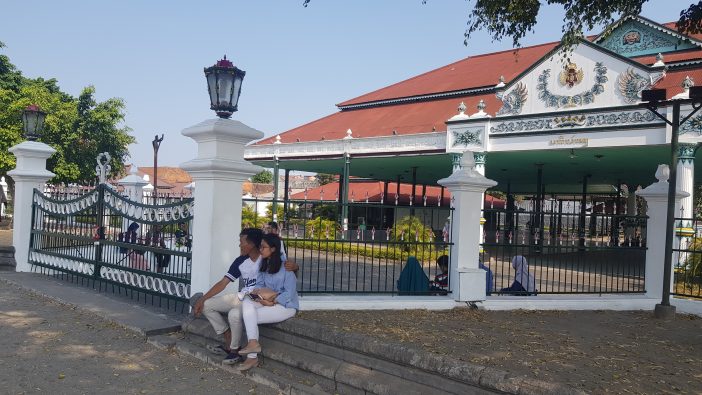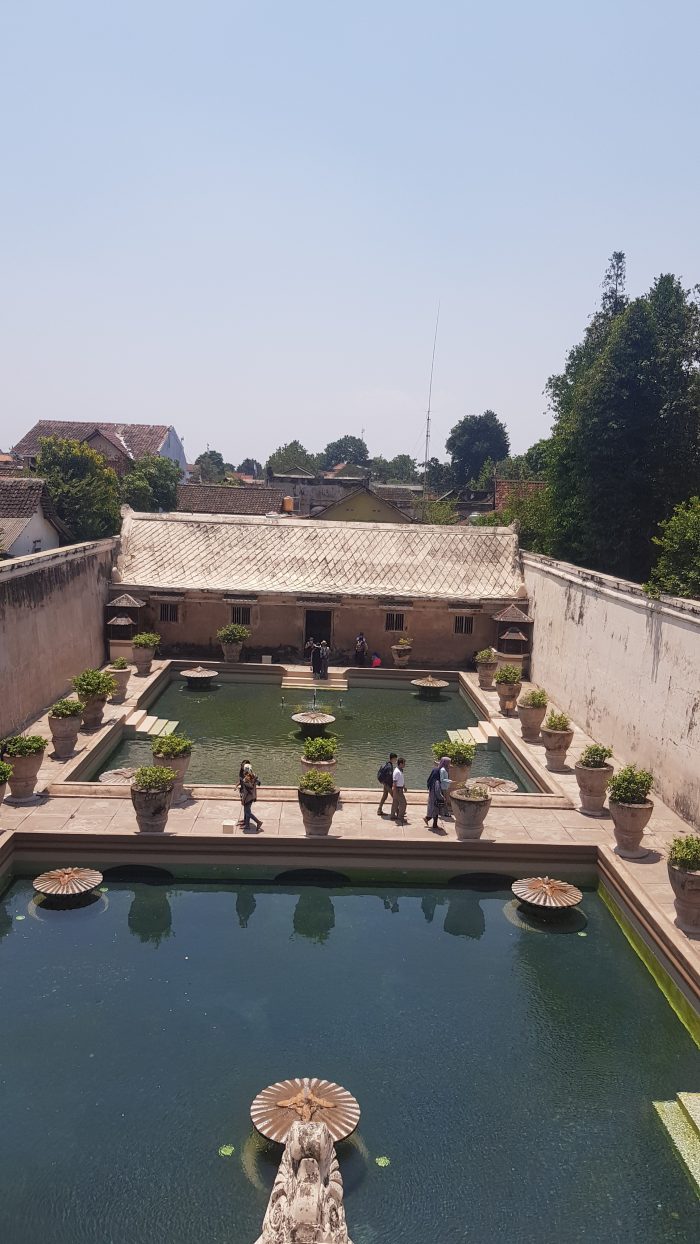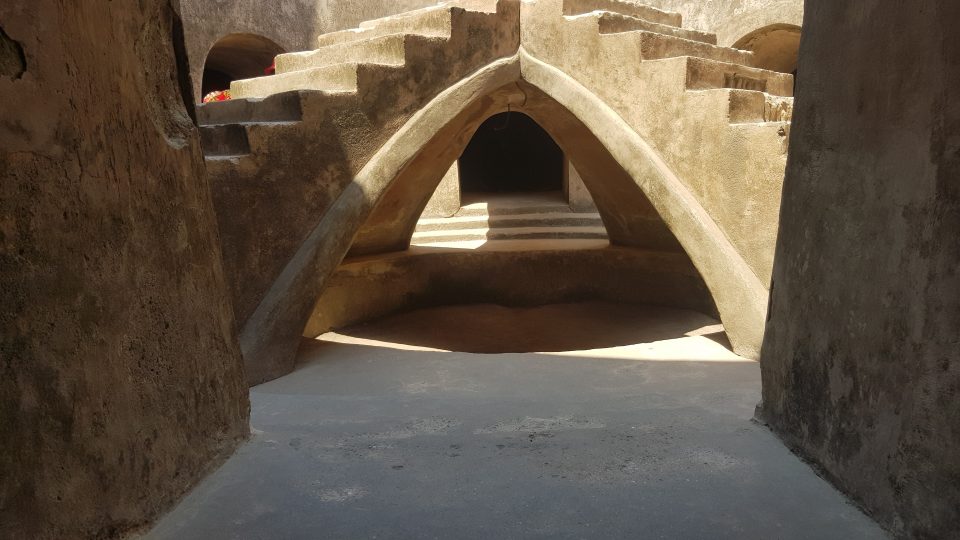Indonesia isn’t a normal country, anyone living here will know that things are done differently here; for better or worse.
As a democratic republic with a parliament, elected president, and democratic elections, it’s no surprise that Indonesia still has a royal family or two kicking around.
Life in Yogyakarta brings you into a world where you butt up against the House of Hamengkubuwono, their ancestors, and their power base. The first king, or sultan, in the dynasty, was installed after a Dutch treaty in 1755 split up the Mataram Empire into Yogyakarta and Surakarta. The current Sultan of Yogyakarta is Hamengkubuwono X, and he also holds the title of Governor of Yogyakarta which will get passed down the family line along with the sultanate.
Here, we’ll focus on the modern history of Yogya, which should all fit into a well-planned weekend. Make sure you take note of the opening times if you want to get around all of the royal sites over a couple of days; arriving early Friday or staying until Monday can take the rush out of things.
Kota Gede – Royal Cemetery and Watu Gilang
Kota Gede is an urban village, just within the city ring road, to the south-east. It’s a quaint place to spend a morning with a bustling local market and amazing silversmiths to watch work. For those on a tight timeframe, better to leave these things to another time; graveyards wait for no man.
A few hundred metres behind the market is the Masjid Besar Kota Gede and Makam Raja-Raja, the cemetery of kings. A reconstruction of the old mosque is behind thick, brick walls, and you take a left to get to the courtyard for dressing.
To visit kings, one must be appropriately dressed. No matter what finery you arrive in, you’ll be asked to change into a traditional court dress that includes a sarong, or jarik, for everyone and a blue shirt and hat for men or a batik boob-tube style wrapping for women.
No head coverings are allowed – hijabs and niqabs must be removed if you want to go the graves.
Once suitably attired, a palace servant known as an abdi dalem will lead you into the graveyard and to the tomb of Penembahan Senopati, the first ruler of the Mataram Empire. Senopati married the Goddess of the Ocean, Nyi Roro Kidul; a union that endures to this day with every Sultan since taking her as their bride.
The graves are well tended and covered with flowers and other dedications. Also buried here are Mas Jonglong, whose legacy was to be forever known as the Lord Who Was Killed Hunting, and Hamengkubuwono II.
Once you’ve paid your respects to Senopati, you can go on the hunt for Watu Gilang. Don’t believe Google when hunting for the place; the rock you will get taken to is indeed interesting, but not where you’re aiming for. Instead, turn right out of the parking area from the cemetery and keep going until you’re sure you’ve gone too far.
When you come across a boring looking building moonlighting as a roundabout, pull over and look for an abdi dalem who’ll be lounging about in the shade. Tip him well to open up the shack and you can see what is rumoured to be the stone on which Senopati’s throne stood. The lighting is poor, so you’ll need to get your flashlight out to see the French, Dutch, Italian and Latin engravings of “So Goes the World”. The round stones on the left were the toys of Senopati’s son, used to play games with the Goddess of the Ocean.
Opening hours: Sunday, Monday, Thursday 10am – 1pm, Friday 1pm – 4pm
Costs: Rp100,000 entrance fee for the cemetery, Rp35,000 outfit hire, tip for your dresser, tip for opening Watu Gilang.

Imogiri – Royal Cemetery
If you’re in a rush, get moving to Imogiri before it closes for the day. It’s about 30 minutes south of Kota Gede by car or bike, followed by a climb of 414 steps – visiting this cemetery isn’t quite so easy.
The ritual of getting dressed up is the same in this complex, whether you get swaddled in Solo or Yogyakarta batik is up to your dresser. There are no shoes allowed and very little shade as you walk to the tomb of Sultan Agung; if the sun’s cracking the flags you might have to find a balance between grace and dash as you head to the back of the sparse courtyards.
Sultan Agung holds almost mythical status as a leader who conquered most of Java in the seventeenth century, also building his legacy at Imogiri. The Hamengkubuwono Sultans are also interred here, along with the Sultans from Surakarta – the House of Pakubuwono.
All of the graves are well looked after. Little English is spoken, so you can give your Bahasa Indonesia a stretch or just take in the calm that lies around Imogiri. To get your bearings you can also pick up a map of the site from some of the stalls in the area for around Rp5,000.
Opening hours: Sunday and Monday 10am – 1pm, Friday 1pm – 4pm
Costs: Rp10,000 entrance fee for the cemetery, Rp5,000 outfit hire, tip for your dresser.

The Kraton – Palace of Yogyakarta
In Yogyakarta, all roads lead to the Kraton, or at least it seems that way when you’re driving around for your first few months. The palace started being built in 1755 and has been added to and repaired over the years.
Some abdi dalem work as guides, although finding an English speaking one could be a challenge. You can see the place where Sukarno was inaugurated as President, and the place where studies at Universitas Gajah Mada first started. There are musical instruments and courtly clothing to peruse and a portrait room showing you the collection of names and wives that were impressively racked up by former Sultans.
Opening hours: Saturday – Thursday 9am – 2pm, Friday 9am – 11am
Costs: Rp15,000 entrance fee, tip for your guide if you take one.

Taman Sari – The Water Palace
Although technically part of the larger Kraton complex, Taman Sari is very much distinct from the home of the Sultan. It fell into disrepair after the British turned up in 1812 and caused havoc, and bore further damage in some subsequent earthquakes.
This was the pleasure palace for the early Sultans. Wives, concubines, and children would swim in the pools, waiting for the Sultan to toss down a flower to choose his lady for the day. What was once a huge lake between the pools has been colonised by palace workers and artists and is now known as Kampung Taman Sari; it’s definitely worth taking time to stroll through the alleys and check out the amazing street art.
The underground mosque is a great spot for some cool photography, with an interesting staircase and cool windows. It’s not a functioning place of worship so you don’t have to concern yourself with head coverings. Having the Sultan’s mosque somewhat hidden was a way to make the mainly Hindu subjects less concerned about the Islam of their leader.
Remains of the actual palace can be explored, with amazing views over the red tile roofs of Yogya and some jauntily angled window frames following earthquake damage.
Opening hours: Every day 9am – 3pm
Costs: Rp15,000 entrance fee, tip for your guide if you take one.
The royal connections of Yogyakarta make for exploration and learning, with plenty of myth and legend for you to pick up along the way. The creativity of Yogyakarta exudes every corner of this adventure, with batik, graffiti, and busking forming the colourful backdrop to your royal sojourn.




